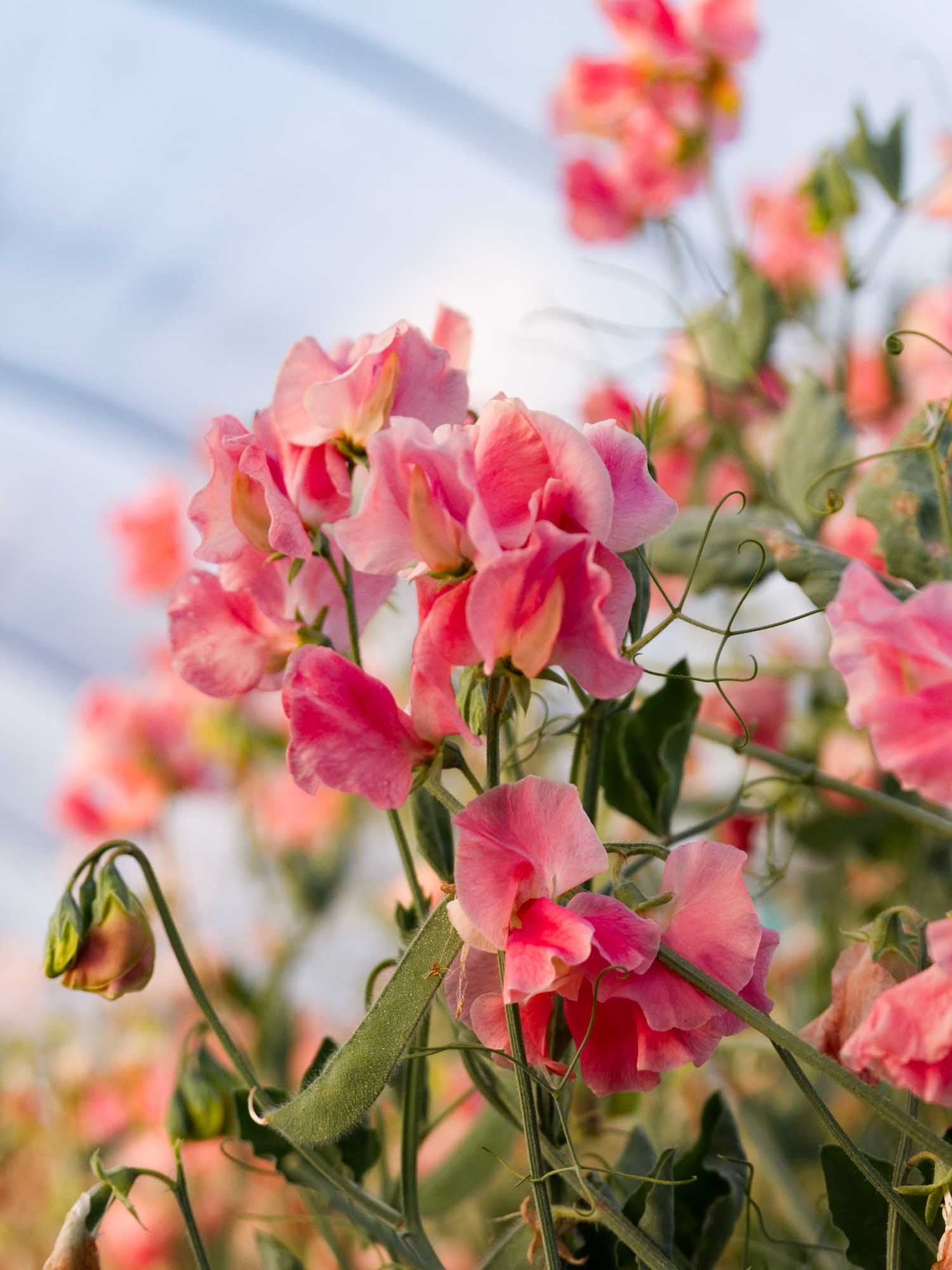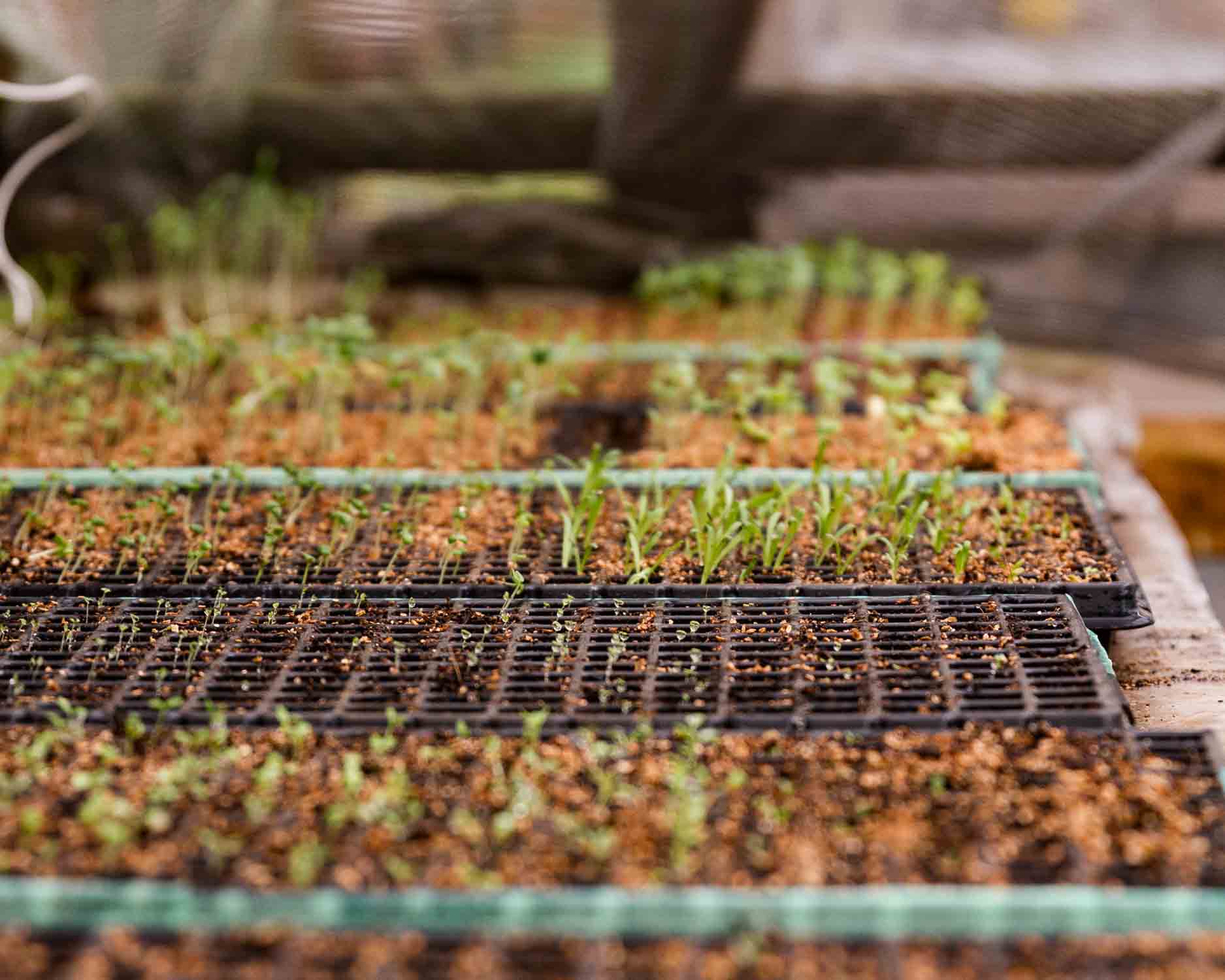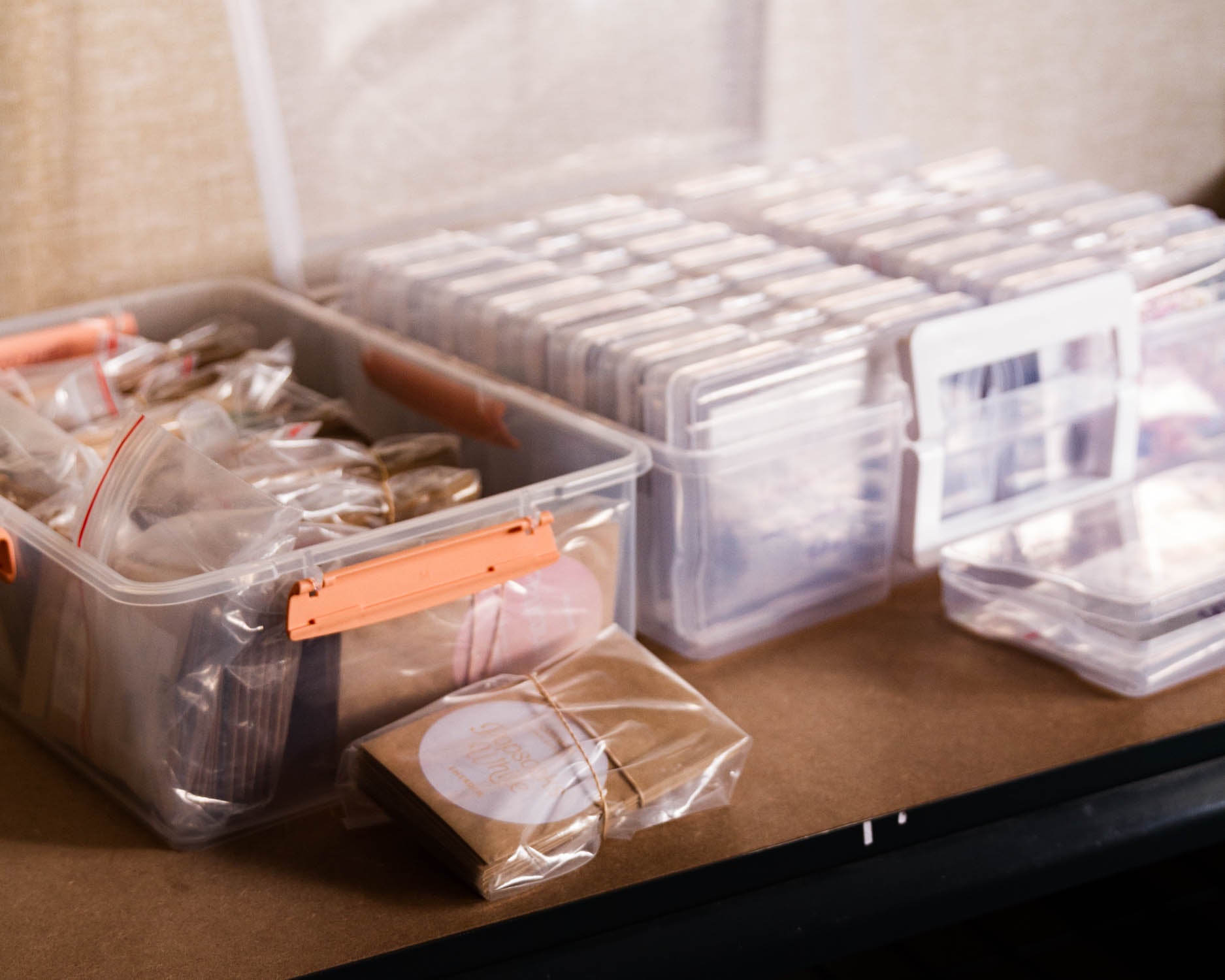Plant Types and Their Timings
Most flowering plants that you'll start from seed can be broken down to these three main groups based on their lifecycles. Each type has their own unique windows of time to sow them in their prime:
Annuals (Hardy / Hardy-ish / Tender)
Biennials
Perennials
Annuals
Annuals are the quickest and easiest flowers to grow, they grow from seed to flower in one season often within just three to four months. Most annuals can be split into two to three main groups.
Hardy Annuals - cool season lovers, frost hardy
Tender Annuals - summer warm season annuals, frost tender.
Hardy-ish Annuals - all the other annuals that are sort of hardy and sort of tender.

Hardy Annuals
Lovers of cool weather, these annuals perform best when they can start life growing slowly over the cool winter temps. Typically hardy annuals are sown & planted in autumn, overwintered to flower in spring/early summer. Most hardy annuals can survive most North Island frosts/winters, but hardiness for South Island's colder harder frosts/winter, will vary a little more species to species as to what they can handle.
Autumn sown plants will be larger, more productive and flower slightly earlier than winter/spring sown plantings. You want to try to time planting your plants out about 6 weeks before your first frost (that means planting out a decent sized transplant (most species can take 4–8 weeks to grow on to larger sizes) 6 weeks prior to first frost, so potentially sowing seeds 10-14 weeks before your approx first frost.
Hardy annuals can also be succession sown in winter and spring to further extend their flowering season. For most hardy annuals I plant another succession or two of most, starting another round of sowing in July & September (approx). Winter/Spring sown hardy annuals will produce smaller plants, and be slightly less productive, but they're totally still worth it.

Tender Annuals
Lovers of warm weather, tender annuals are frost sensitive, so can only be planted out once all chance of frosts have passed in spring.
They can be succession sown, but be mindful of ensuring they have enough time to flower before your first autumn frosts. One thing worth noting is that while I'm sure you're itching to start sowing seeds in winter, make sure you hold off on the tenders until things really are warmer. Those early sowings often don't really amount to any earlier flowers, instead they stall waiting for warmer temperatures & longer days, and in reality plants sown a month later probably will flower at the exact same time, but will have taken much less effort and looking after. Remember they love the warm! So get all your winter sowing itching over with your hardy annuals, but hold off on the tenders till more like September/October (though if you're in the frost free Far North I'm sure you do actually have waay more leeway to start your tenders earlier - so feel free to ignore me :)

Hardy-ish Annuals
Hardy-ish Annuals is my catch all for all the annuals that aren't quite hardy, but aren't quite as cold sensitive as tender annuals are. In warmer climates they can mostly be grown as hardy annuals.
They can be prone to stalling over winter, and often really don't like wet feet. As our winters can be wet, we generally hold off sowing until July (after the shortest day) so they can be planted out as everything is warming up as we head into spring, when the warmer soil naturally doesn't sit as wet as during winter.

Biennials
Biennials need two seasons to grow from seed to flower. Though this can technically almost be done within a 12 month period if you time them right. If you can establish big enough plants before winter they will flower later in spring.
The best window to sow these is very late spring to early summer (November–December, maybe January), to make sure they'll flower the next spring. Sown too late in summer/autumn, they may not flower till their second spring. Mastering their timing has always felt a little harder than all other plant types, mostly as they're sown in the typical plant killing hot summer season, still need hovering over Christmas to keep alive, and there's a million other distractions bumping them down the to-do list. But as they flower at an otherwise awkward time of the season, they're worth every ounce of effort.
I try to sow mine earlier in November, as soon as I've finished off my main tender annual sowings and plantings, then it's time to start giving the biennials some attention before it gets too hot. And larger plants are little more tolerable to some Christmas neglect over the holidays.

Perennials
Perennials come back year after year, some perennial's foliage can fully die down when they overwinter each season. When they're sown isn't so intrinsically important, as they'll just take however long they need to start flowering. However some perennials are First Year Flowering (FYF), so to ensure they actually do flower in their first season, they will need to be sown in winter to very early spring to flower that summer.
Perennials that fully die-down over winter are also best to make sure you have a little larger plant before winter so they have enough to energy to come back and hit the ground running in the spring.
Some perennials, whilst they're certainly possible to grow from seed are sooo much easier to propagate from division than seed, so might be easier to buy a plant then divide every 1-3 years to increase your numbers.




1 comment
Hi Sarah
This is great !!!… LOTS of great information here
Thank You
Meg
Meg —